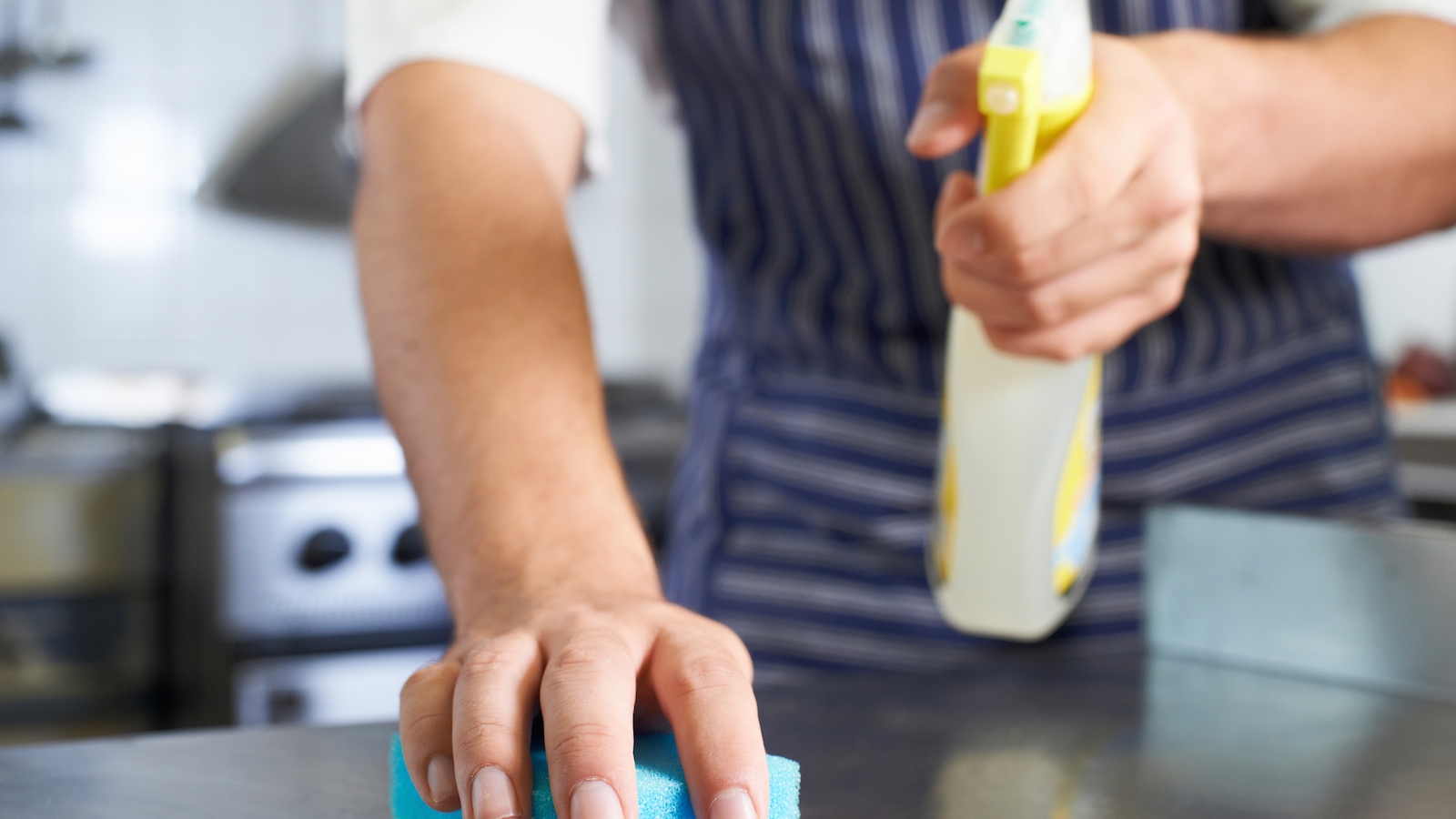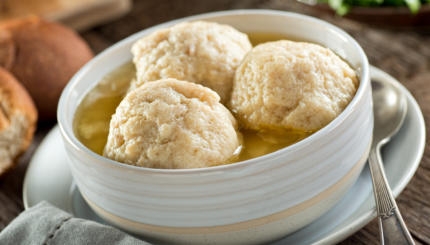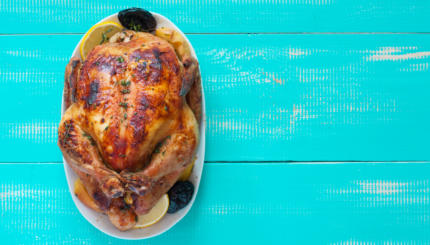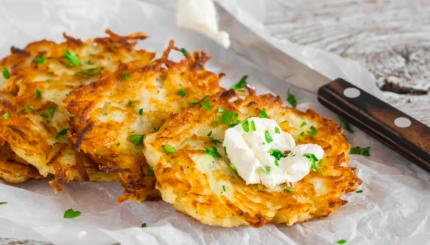Kashering your kitchen is at least a two-day process. You will need to clean all the elements and then wait 24 hours before kashering them. This goes back to the rule [known as] eino ben yomo, “not of the day”–a full 24-hour day must pass in order for the various parts of your kitchen to lose any unkosher flavor they might have absorbed.
After 24 hours, those flavors are considered ta’am lifgam, having a bad taste. This minimizes the chance that traces of treif [unkosher food] could still contaminate the kitchen while it is being kashered.
As It Is Absorbed…
The basic rule of kosherizing is k’volo kakh polto, an expression that means, literally, “as it is absorbed, so is it purged.” (Interestingly, the same expression means “easy come, easy go”; not necessarily the case when it comes to kashering.) In other words, the way a potentially kosher item became unkosher determines how you can make it kosher.
There are four methods of kashering. Because a heat source is what caused various items to become unkosher (an oven, a pot, a pan), heat is used to remove unkosher substances from these items. And some items cannot, by nature, be purged.
The methods of koshering include the following:
Libun
This method is used for items heated directly on a fire, such as a grill, baking pans used in an oven, or frying pans used to heat oil. The word libun means “purify” and comes from the same Hebrew root word for “white.” There are two types of libun:
- Libun Gamur, “complete purification.” When the term libun is used by itself, this is the kind of libun being referred to. Libun means heating a pan or grill until it is red hot. To heat pans until they are red hot usually requires a blowtorch, as your standard oven does not reach temperatures that are hot enough, and this is a procedure most often performed by a rabbi.
- Libun Kal, “simple purification.” Heating metal hot enough that paper (traditionally, a broom straw) touching it scorches. When an oven goes through a self-cleaning cycle, it gets this hot. This is a method you might use on a frying pan.
Hag’alah
This term, which means “scouring” or “scalding,” is used for items such as pots or flatware that have become treyf through contact with hot liquids. Hag’alah means kashering the item in a large pot of boiling water.
Irui
This term, which means “infusion,” is kashering by pouring boiling water over something, a method used for countertops and sinks.
Reprinted with permission from How to Keep Kosher (HarperCollins).
kosher
Pronounced: KOH-sher, Origin: Hebrew, adhering to kashrut, the traditional Jewish dietary laws.



